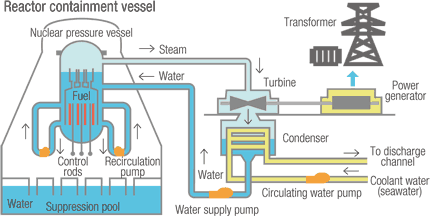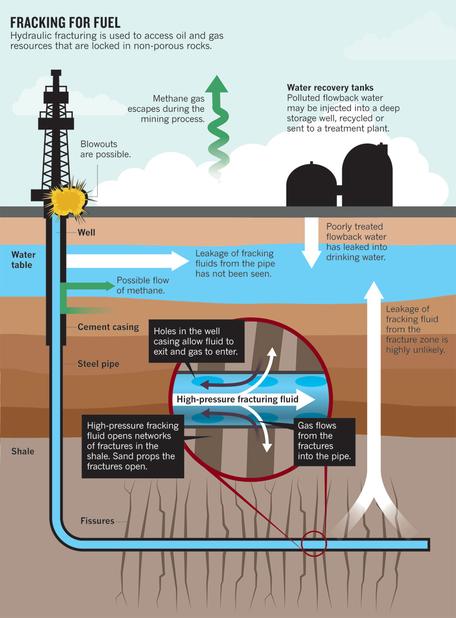Generating energy is important especially in today’s life. We need energy to start up any machine or to charge up any device. Solar energy is one of the many ways to generate electricity but it also depends on many aspects. Solar energy is the light and heat that comes from the sun and then been harnessed using some technology such as solar photovoltaics, or solar thermal electricity. A lot of people are familiar with photovoltaic cells or solar panels, they are mostly located on rooftops, spacecraft, or even on calculators. They are made of semiconductor materials, so when the sunbeam hits the cells, it automatically generate electricity by knocking electrons loose from their atoms while flowing through the cell. Some countries use sun’s energy as a heat source, where they can use it to boil water or even drive a steam turbine. There are a lot of examples and methods on how to use this kind of energy, such as placing windows on the sunny side of a building allowing the sun to heat materials located on building floors and walls, and then releases the heat at the night time to keep the building warm.
Solar energy is a limitless fuel source, as well as it help to prevent pollution. For example, it generates energy for places that located far from earth like satellites or cabins that is deep in mountains. Solar energy needs sunlight to work that is why they created storage devices to conserve the energy obtained in case of clouds and at night times. It also requires a lot of land area and it is not cheap to buy. On the other hand, solar energy is gaining efficiency it has surged about 20% a year in the past 15 years. United States, Japan, and Germany are the major markets for solar cells. The top countries that uses solar energy in fact are Germany, China, and Italy.
1- Germany
Germany have installed 3.8 GW of PV solar capacity, it also added 3.3 GW of solar capacity per year. Germany have clearly became the world leader of using such source of energy. “The combination of a proven feed-in-tariff (FiT) scheme, good financing opportunities, a large availability of skilled PV companies, and a good public awareness of the PV technology, largely contributed to this success,” European Photovoltaic Industry Association (EPIA) reported. Germany is expected to stay in the top solar market for the upcoming years.
2- China
The world’s biggest carbon polluter could possibly become the world’s top green energy user. China is trying to cutdown its coal use, they have been working on developing their solar capacity by an astounding 6,000%. China is one of the major solar panel manufacturer who started producing solar power from less than one-third of GW to 18.3 GW. They are working on raising it to 70 GW of solar by 2017.
3- Italy
Italy have raised from fifth place to third place in only three years. Italy generates energy from solar more than any other country. 7.8% of its energy comes from solar comparing to Germany which generates 6.2%. “The future growth of the market will depend on the streamlining and harmonisation of administrative procedures, combined with an adapted decrease of the FIT in the third Conto Energia to cope with the expected price decrease,” the EPIA reports.
New innovative and solar projects:
1- Bringing light to developing countries
While a lot of people have electricity in their homes and the only thing blocking them from receiving lights is a switch, there are 1.2 billion people who live nowadays without access to electricity. Some of those people use kerosene lamps to see at night times not concerning about their health and what it could poses as well as the accidents that it could cause. Thankfully there are multiple companies who developed small durable, solar charging lamps which can cheaply replace kerosene lamps such as D.Light, Greenlight planet and Angaza Design.
2- Solar power mobile gadgets:

While our phones and tablets are slightly small and they do not require a lot of energy, solar mobile gadgets still in its novelty phase. There are around 1 billion smartphones in use around the world. There are few innovations that is going to rock the market like the SolarKindle, where it is integrated with a thin solar panel. SolarKindle can run for days after receiving only one hour of sunlight. Another innovation is the Rukus Solar by eton which is basically a portable speaker that runs on solar power, it makes you stream your favorite music via bluetooth. It can play music for up to 8 hours after being exposed for 6 hours to sunlight.
3- Solar powered transportation:
Commercial solar flights is far from hopping but it is still possible and it will eventually come. On the other hand, solar vehicles are around the block,scientists and engineers have came close enough to innovate such a thing. Electric cars companies have made a huge progress and they are developing very quickly. However many electric cars have reached cost parity with traditional vehicles over their lifetime, Nissan Leaf is 10% cheaper than an average car. The fastest growing electric car company is Tesla Motors which I have previously posted a blog illustrates more about it.
References:
http://environment.nationalgeographic.com/environment/global-warming/solar-power-profile/
http://pureenergies.com/us/blog/top-10-countries-using-solar-power/
https://joinmosaic.com/blog/7-new-solar-innovations-could-change-world/
























